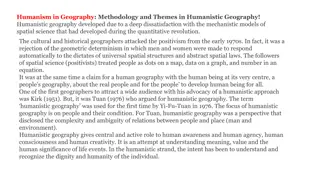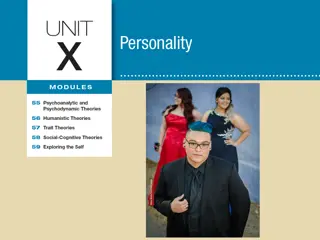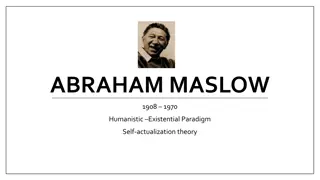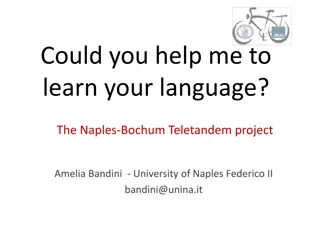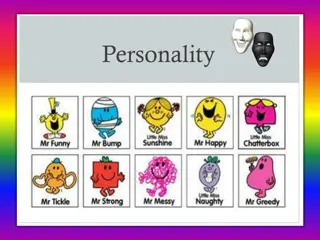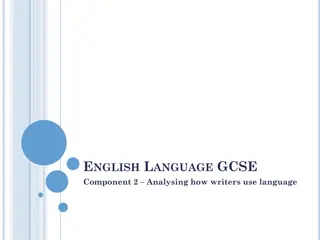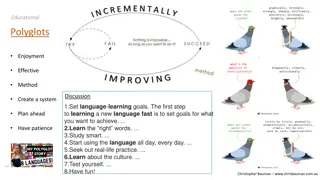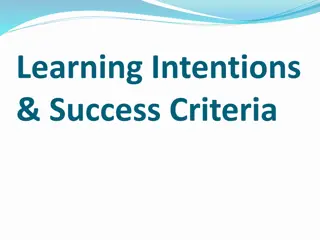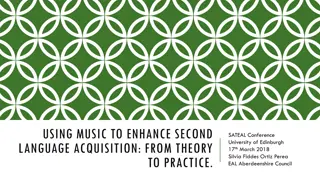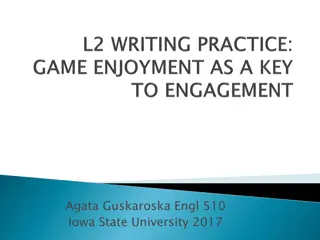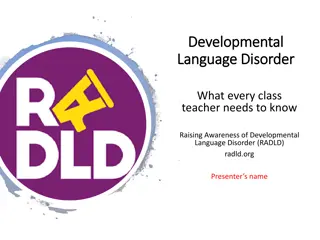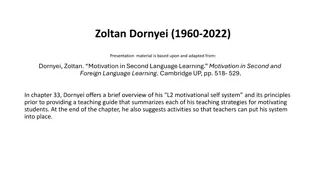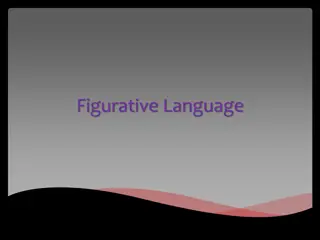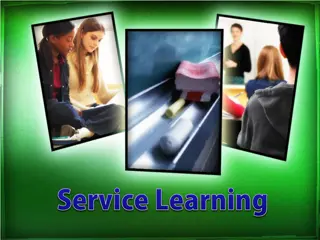Understanding Suggestopedia: A Humanistic Approach to Language Learning
Suggestopedia, an affective-humanistic approach to language learning, aims to eliminate negative feelings towards studying and boost students' confidence. By incorporating elements like posters, encouraging interactions, music, and student participation, this method emphasizes the teacher's authority and students' trust. It highlights the importance of addressing psychological barriers and creating a positive, engaging classroom environment to enhance language acquisition.
Download Presentation

Please find below an Image/Link to download the presentation.
The content on the website is provided AS IS for your information and personal use only. It may not be sold, licensed, or shared on other websites without obtaining consent from the author. Download presentation by click this link. If you encounter any issues during the download, it is possible that the publisher has removed the file from their server.
E N D
Presentation Transcript
SUGGESTOPEDIA Ms. Rasha Ali
INTRODUCTION Celce-Murcia (1991) calls an affective-humanistic approach. There s respect for student s feelings in this approach. suggestopedia has been developed to help students eliminate the feeling that they cannot be successful or the negative association they may have toward studying, and to help them overcome the barriers to learning.
HOW TO APPLY IT? You need the followings: 1- posters around the class walls. 2- encouraging your students as much as you can 3- handouts dialog 4- important info. Are in bold print 5- native language translation of the dialog 6- music while reading the dialog 7- students can play different characters from the dialog 8- questions and answers teacher-students 9- correct students errors in a soft voice.
METHOD PRINCIPLES A- teacher s goal: To run quick the process by which students learn to use a foreign language. In order to do that more of the students mental powers must be used tapped . B- teacher s role: She/he is the authority in the classroom. Students must trust and respect her.
C- students role: Students must trust their teacher. This will help them to memorize information better. D- teaching/learning characteristics: 1- conduct in a bright & cheerful classroom. 2- posters displaying grammatical information. 3- the posters are changed every few weeks. 4- students select TL names & choose new occupations. 5- the dialog is translated in the students L1. 6- some notes on vocabulary and grammar.
E- S-T / S-S interaction: The teacher starts interactions with the whole group of students & with individuals from the beginning. The students can only respond nonverbally or with a few TL words they have practiced. F- students feelings: A great deal of attention is given to students feelings in this method. Psychological barriers that students bring with them is considered very important too.
H- language/culture viewed: Language is the 1stof two planes in the two-plane process of communication. The culture which students learn concerns the everyday life of people who speak the language. I- areas of language/skills emphasized: Vocabulary, grammar minimally , speaking communicatively, reading & writing too dialog . J- students L1 role: Students L1 translation is used to make the meaning of the dialog clear. In class too if it necessary.
K- evaluation: Conducted in class performance and not through formal tests which would threaten the students relaxed atmosphere. L- teacher respond to students errors: Errors are corrected gently using a soft voice.
METHODS TECHNIQUES Classroom set up Peripheral learning environmental Positive suggestion Choose a new identity Role play 1stconcert (active concert) 2ndconcert (passive concert) Primary activation Creative adaptation


